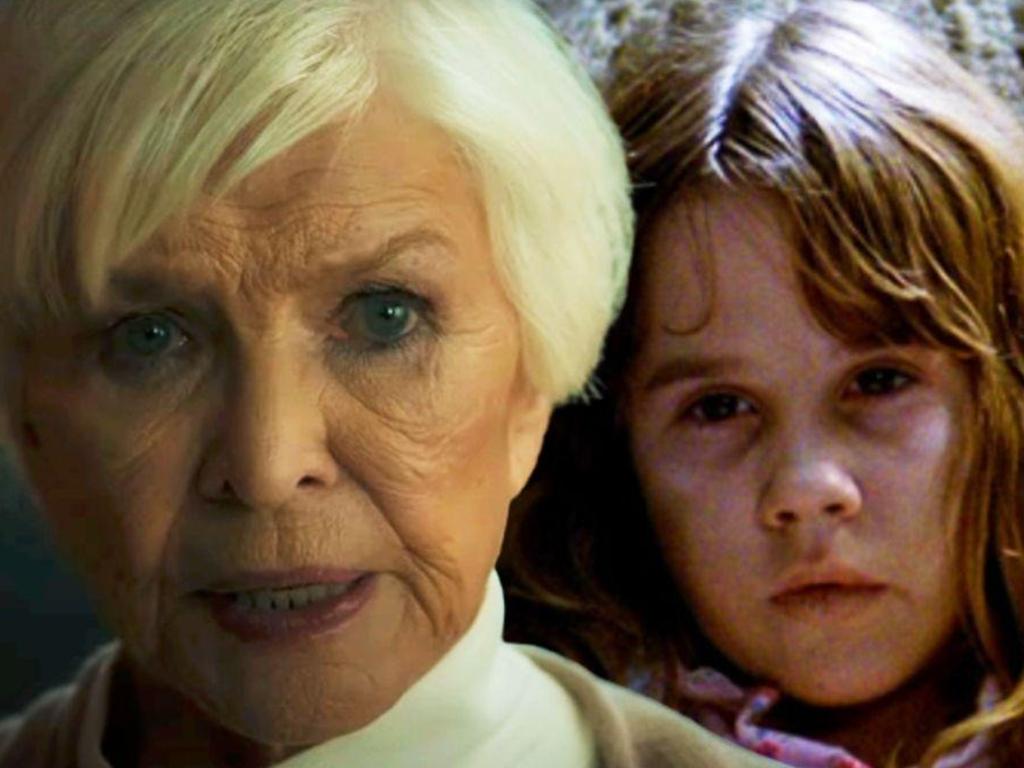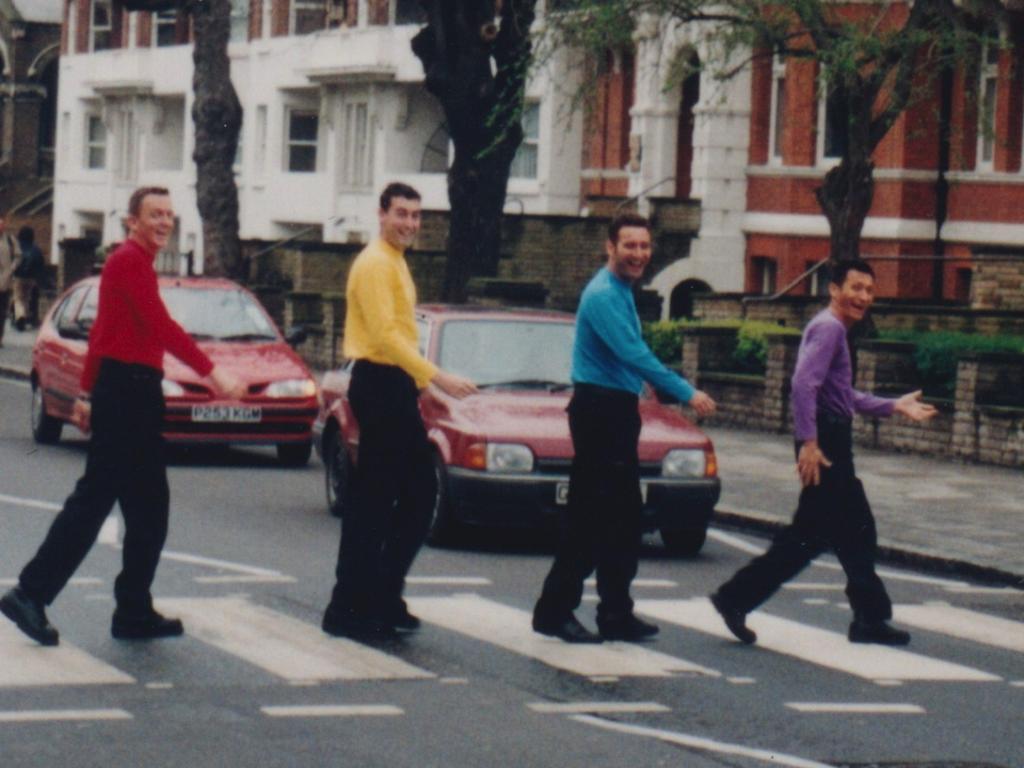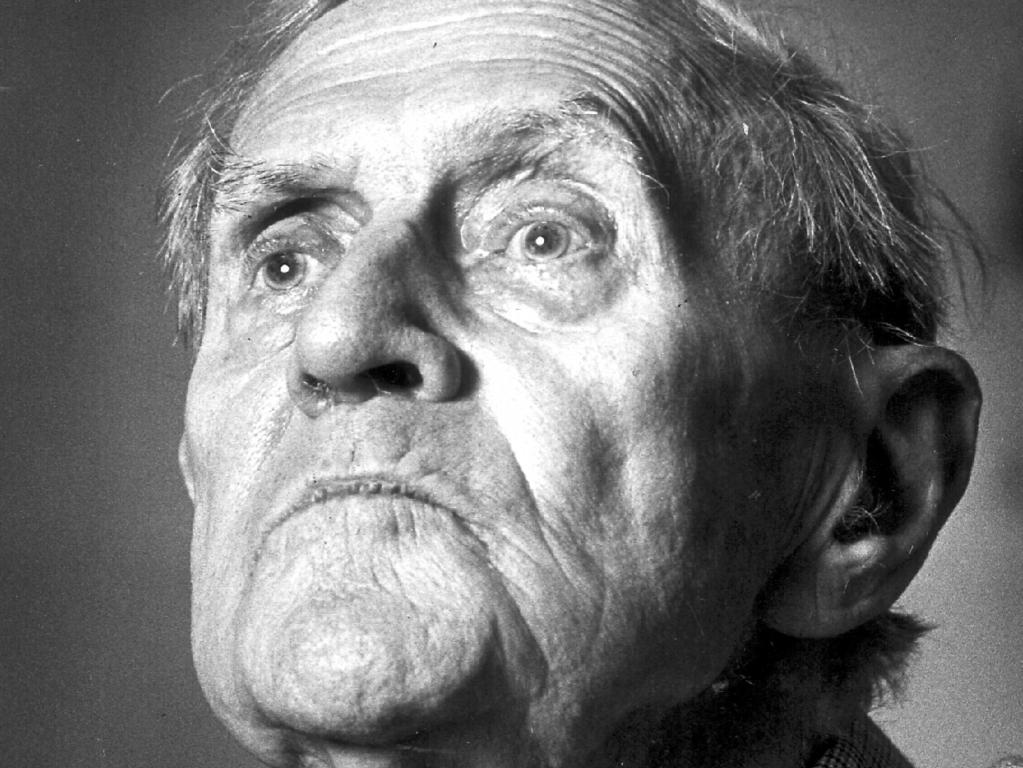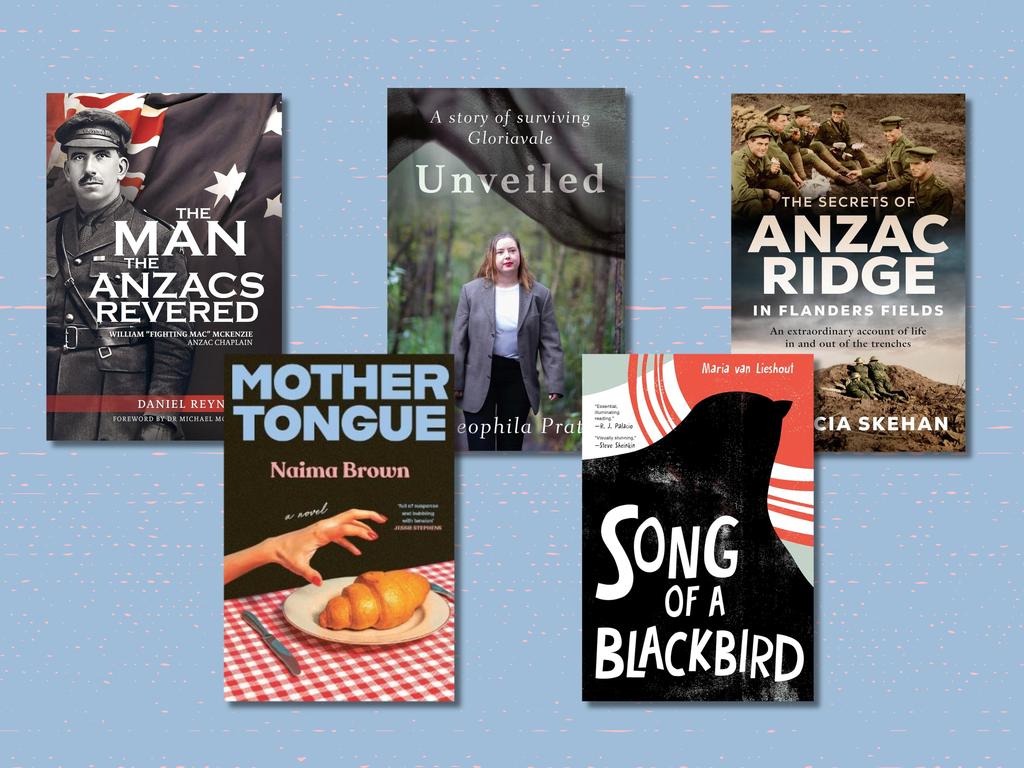Secrets between the sheets for Hollywood elite
1950s film star Rock Hudson was gay in private but in public being straight was all that Hollywood – and he – allowed.

Rock Hudson: All That Heaven Allowed (M)
Wide digital release from October 25
★★★½
“Ron, isn’t it enough that we love each other?”
“No, Cary, it isn’t.”
So asks Cary Scott (Jane Wyman) and so replies Ron Kirby (Rock Hudson) in the 1955 melodrama All That Heaven Allows.
Its placement in Rock Hudson: All That Heaven Allowed is characteristic of the skilful editing of this documentary about the open but hidden sex life of Rock Hudson. He was gay in private but in public being straight was all that Hollywood – and he – allowed.
When, for example, he and fellow actor Bob Preble shared a one-bedroom house off Mulholland Drive, film fan magazine Photoplay described it as “two hunks living together to save a buck”.
Hudson, born Roy Scherer, was a self-described “hick from Illinois”. From childhood he dreamed of being an actor but, as he says in a 1983 interview used in this movie, he knew such an ambition would be considered “sissy stuff”. “You wanted to be a policeman or a fireman. So I kept my mouth shut.”

That changed after World War II. Hudson, who served in the US Navy, was a striking example of the new man that Hollywood wanted: tall, dark, handsome and masculine.
He moved to Los Angeles, was spotted by influential talent agent Henry Wilson, who ran a gay casting couch, and was renamed. “You couldn’t invent a name that was better for a heterosexual leading man than Rock Hudson,” one observer notes.
Yet it was an invented name. It was the beginning of the public disguise the “baron of beefcake” would wear until he died from AIDs in 1985, aged 59. The Dream Factory that manufactured Hudson was also a hall of mirrors.
“There should have been but there wasn’t,” his ex-lover Lee Garlington says when asked if there was ever a “what if” moment where they talked about being out. “He never mentioned whether it would be nice if we could hold hands in public.”
Author Armistead Maupin tried to persuade Hudson to come out of the closet. His interview is insightful and playful. It was Maupin who, in an interview with People magazine, confirmed what everyone in Hollywood knew: that Hudson was homosexual.
It’s worth noting that US states did not start decriminalising sex between same-sex couples until 1962. Hudson, who started out in 1950s westerns, made his move into stardom in ’50s romantic dramas such as All That Heaven Allows and Magnificent Obsession, each directed by German-American filmmaker Douglas Sirk, who offers some fascinating insights in archival interviews.
A clip from another Sirk movie, Has Anyone Seen My Gal? (1952), includes a nice moment for film buffs. Hudson is pulling sodas in a diner and one of the customers, wearing a pink shirt and red bow tie, is an uncredited James Dean.
The two would go on to star, alongside Elizabeth Taylor, in George Stevens’s 1956 epic western Giant. Hudson, in an archival interview, says Dean was cast because he was “hot, hot, hot” but adds, “I didn’t like him personally.”
This is backed up, as happens throughout this movie, by a well-selected clip: Hudson punching out an oil-soaked Dean, who died in a car crash before the film was released. Both Hudson and Dean were nominated for an Academy award, but the Oscar went to Yul Brynner for The King and I.
This 105-minute movie is directed by Stephen Kijak, who is best-known for documentaries about musicians such as the Rolling Stones and the Backstreet Boys. It is brilliantly edited by Claire Didier. In one clip, Hudson’s character is advised it’s time he married rather than be a “gay merry bachelor”. In another, he tells Doris Day he can’t marry her. When she asks why, he pauses and replies: “For a moment I’d forgotten who I am.”
The interviews, some archival, some recent, are with Hudson’s female co-stars such as Day, the late Piper Laurie and Linda Evans, his lovers and friends, as well as with his biographer Mark Griffin and film historians and critics.
Evans is particularly moving when she talks about their tabloid headline-grabbing kiss – because soon after it was revealed that Hudson had AIDs – on the 1980s TV series Dynasty.
At the time she didn’t understand what was going on, why he wouldn’t kiss her properly, forcing multiple retakes, but today “it makes me cry because I know he was protecting me”.
She adds that afterwards some people, such as a make-up artist, refused to work with her and friends declined her invitations to dinner.
“I thought, where’s your humanity or where’s your compassion? What’s wrong with this world right now?”








To join the conversation, please log in. Don't have an account? Register
Join the conversation, you are commenting as Logout